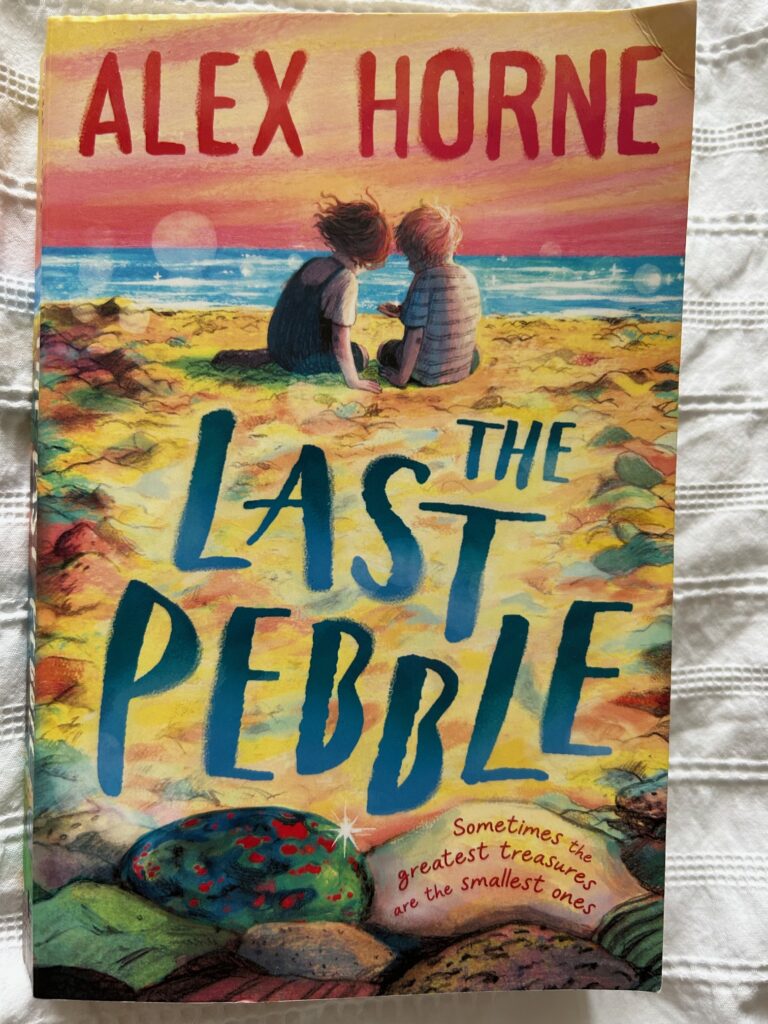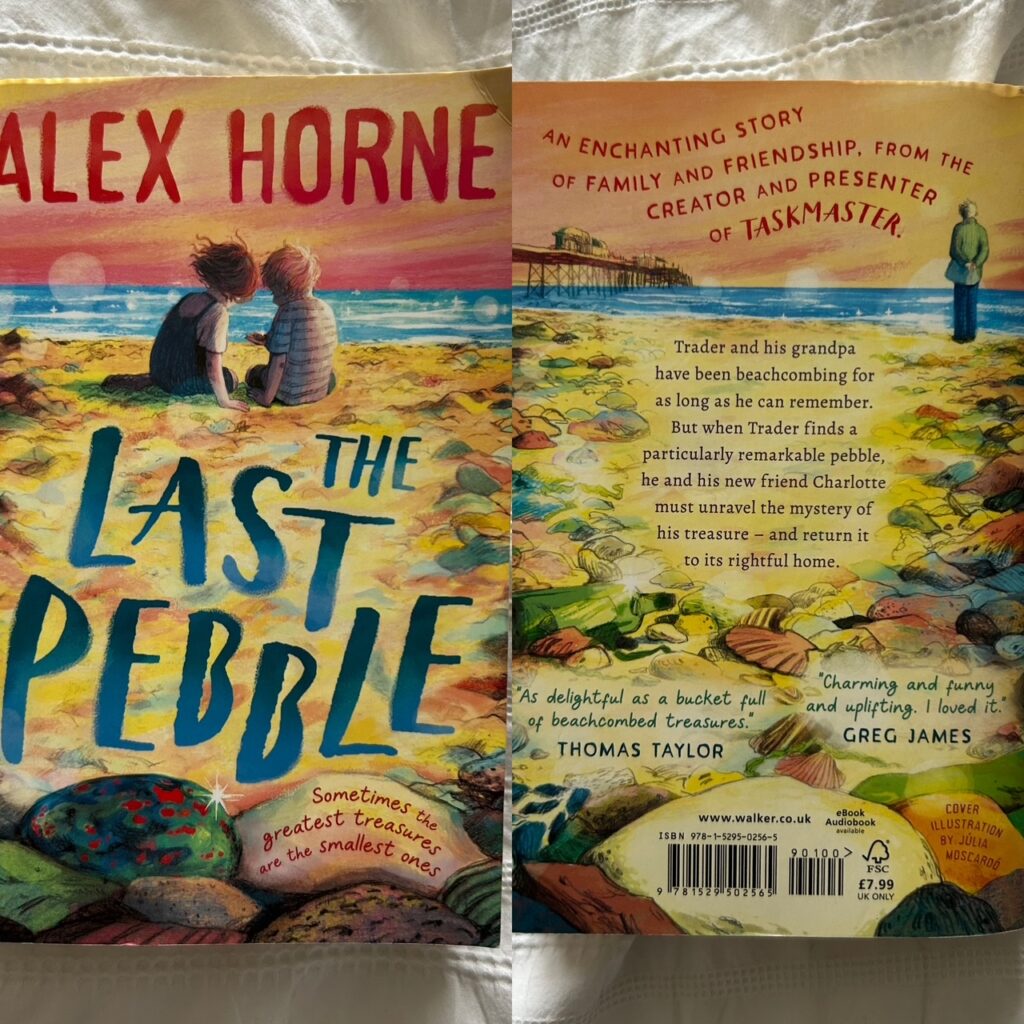Week 5 — Leadership: Guiding, Listening and Adapting
Leadership is often misunderstood as something reserved for a few confident individuals at the front of the room. In reality, leadership is a set of skills and behaviours that can (and should) be developed in young people through practice, reflection and collaboration.
Taskmaster Club offers exactly that kind of environment.
Across each session, pupils take on leadership roles both formally and informally. They communicate ideas, negotiate approaches, make decisions under pressure, bring others with them, and adapt when things don’t work as planned. Leadership here is not about authority – it’s about influence, responsibility and collective success.
What Do We Mean by Leadership in Education?
Educational research increasingly views leadership as:
- shared rather than hierarchical
- situational rather than fixed
- relational rather than positional
This idea of distributed leadership – widely discussed in education research – recognises that leadership emerges through interaction: listening, coordinating, motivating and guiding others toward a shared goal.
Crucially, leadership is not something pupils simply “have” or “don’t have”. It is learned through experience, especially in group-based, problem-rich environments.
Why Developing Leadership Skills Matters
Research and policy consistently highlight leadership as a vital life skill:
- The Education Endowment Foundation (EEF) links leadership-related skills such as self-regulation, communication and metacognition to improved academic outcomes.
https://educationendowmentfoundation.org.uk/education-evidence/teaching-learning-toolkit - UK educational leadership scholars such as Professor Alma Harris and Professor Christopher Day argue that leadership capacity should be developed early, through collaborative practice and shared responsibility.
- Ofsted has increasingly emphasised personal development, teamwork, communication and responsibility – all closely tied to leadership behaviours – as part of what schools should be cultivating beyond exam outcomes.
- Research on youth leadership development shows that pupils who are given structured opportunities to lead develop greater confidence, resilience, and engagement with learning.
In short: leadership skills support success in school, work and wider society – and they don’t develop by accident.
How Taskmaster Club Develops Leadership Skills
Taskmaster Club creates repeated, authentic opportunities for pupils to practise leadership in action.
1. Shared Decision-Making Under Pressure
Teams must make decisions quickly: which idea to pursue, how to use their time, who does what. Someone often needs to step forward to synthesise ideas and move the group on.
Research into leadership development highlights decisiveness and clarity – especially under time constraints – as core leadership skills. Taskmaster Club provides real, low-stakes practice.
2. Communication, Negotiation and Compromise
Leadership in Taskmaster Club is deeply communicative. Pupils must:
- articulate their thinking
- listen to others
- negotiate disagreements
- compromise for the good of the team
Research on collaborative learning and leadership stresses that effective leaders are strong listeners who create space for others’ voices – not those who dominate discussion.
3. Ensuring Everyone Is Heard
Successful teams are rarely led by the loudest voice. Instead, effective leaders notice who hasn’t spoken, draw out quieter ideas, and help the group weigh different contributions.
This reflects research on inclusive leadership, which shows that teams perform better when leaders actively foster participation and psychological safety.
4. Evaluating and Adapting Approaches
Leadership isn’t just about choosing a plan – it’s about recognising when it isn’t working.
Taskmaster Club tasks often require leaders to:
- reassess strategies mid-task
- respond to setbacks
- adapt roles or approaches
- keep morale high when things wobble
Educational research links this adaptive leadership closely to metacognition (thinking about thinking) which the EEF identifies as a high-impact teaching approach.
5. Rotating and Informal Leadership
Leadership in Taskmaster Club is fluid. One pupil may lead planning, another execution, another presentation or reflection.
This mirrors the distributed leadership models advocated by education researchers, which argue that rotating leadership roles builds wider leadership capacity and avoids reliance on a single individual.
Why Taskmaster Club Is an Ideal Leadership Environment
Taskmaster Club supports leadership development because it is:
- Low-stakes — mistakes are safe and often humorous
- Collaborative — leadership is social, not solitary
- Time-bound — decisions matter
- Varied — leadership takes different forms each week
- Reflective — teams should evaluate both outcomes and processes
Most importantly, leadership is practised authentically, not simulated.
Practical Ways to Make Leadership Explicit in Your Club
If you run a Taskmaster Club, you can strengthen leadership development by:
- Rotating team roles deliberately (planner, coordinator, presenter, reviewer).
- Asking teams to identify who helped move the group forward – and how.
- Highlighting good leadership behaviours in feedback, not just good results.
- Encouraging reflection on decisions: What worked? What would you change?
- Valuing listening and facilitation as much as bold ideas.
Final Thought
Leadership is not about standing out – it’s about bringing others with you.
Taskmaster Club gives young people repeated chances to practise leadership in its most meaningful form: guiding discussion, making decisions, adapting strategies, and keeping a team moving forward together. Through communication, compromise and reflection, pupils learn that leadership is not a title – it’s a skill.
And if they learn that while managing a ticking clock, balancing wildly different ideas, and rescuing a plan that’s gone slightly off the rails?
That’s leadership worth developing.
Taskmaster Club materials:
- Information Pack — https://taskmastereducation.com/sites/default/files/2025-10/TM%20Education%20Information%20Pack.pdf
- Benefits — https://taskmastereducation.com/sites/default/files/club-assets/Taskmaster%20Club%20Benefits.pdf
- FAQs — https://taskmastereducation.com/sites/default/files/club-assets/Taskmaster%20Club%20FAQs.pdf
- Educators talk about the impact Taskmaster Club is having on their learners – Teachers Talk Taskmaster Club
Further posts in the ‘What’s So Good About Taskmaster Club series:
- Teamwork – What’s So Good About Taskmaster Club? TEAMWORK | James Blake-Lobb’s Blog
- Creativity – What’s so good about Taskmaster Club? CREATIVITY | James Blake-Lobb’s Blog
- Oracy – What’s So Good About Taskmaster Club? ORACY | James Blake-Lobb’s Blog
- Problem Solving – WHAT’S SO GOOD ABOUT TASKMASTER CLUB? PROBLEM SOLVING | James Blake-Lobb’s Blog
- Leadership – WHAT’S SO GOOD ABOUT TASKMASTER CLUB? LEADERSHIP | James Blake-Lobb’s Blog








